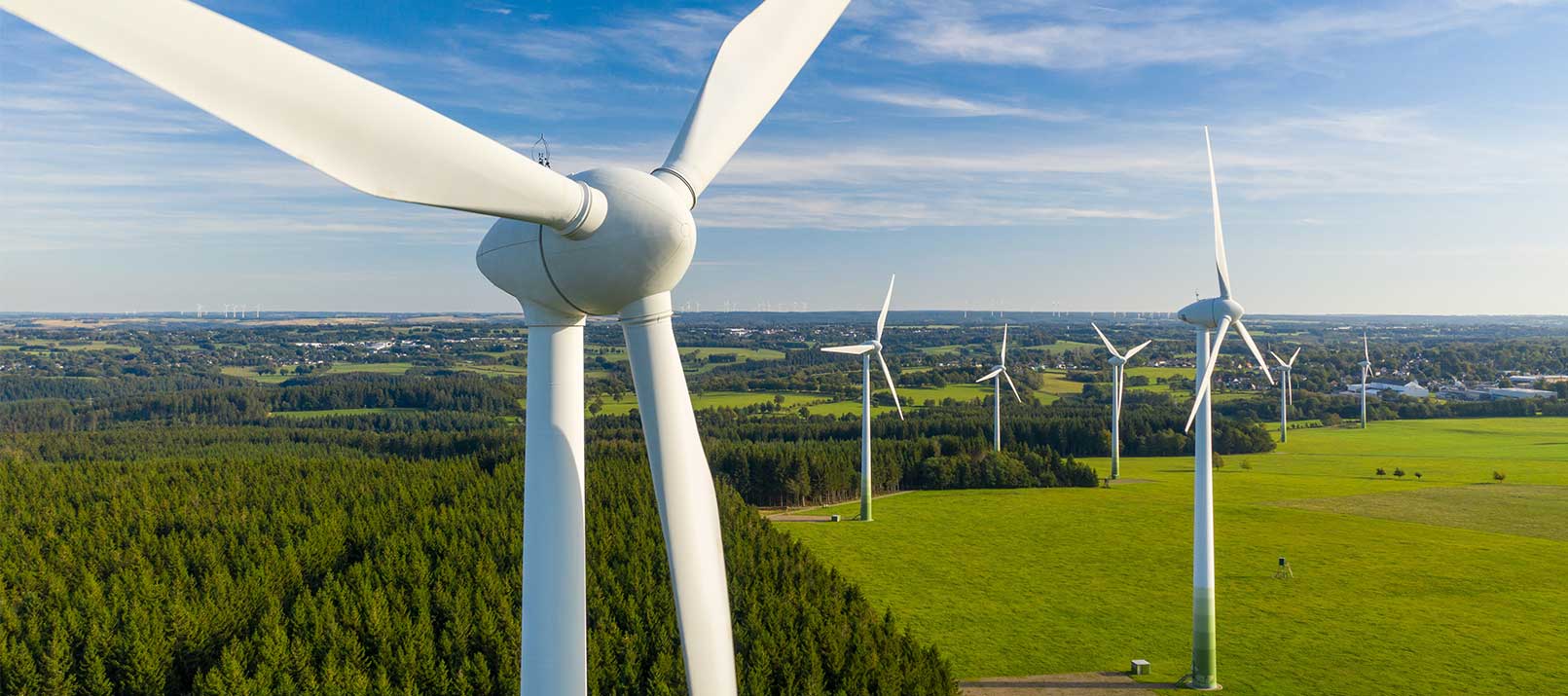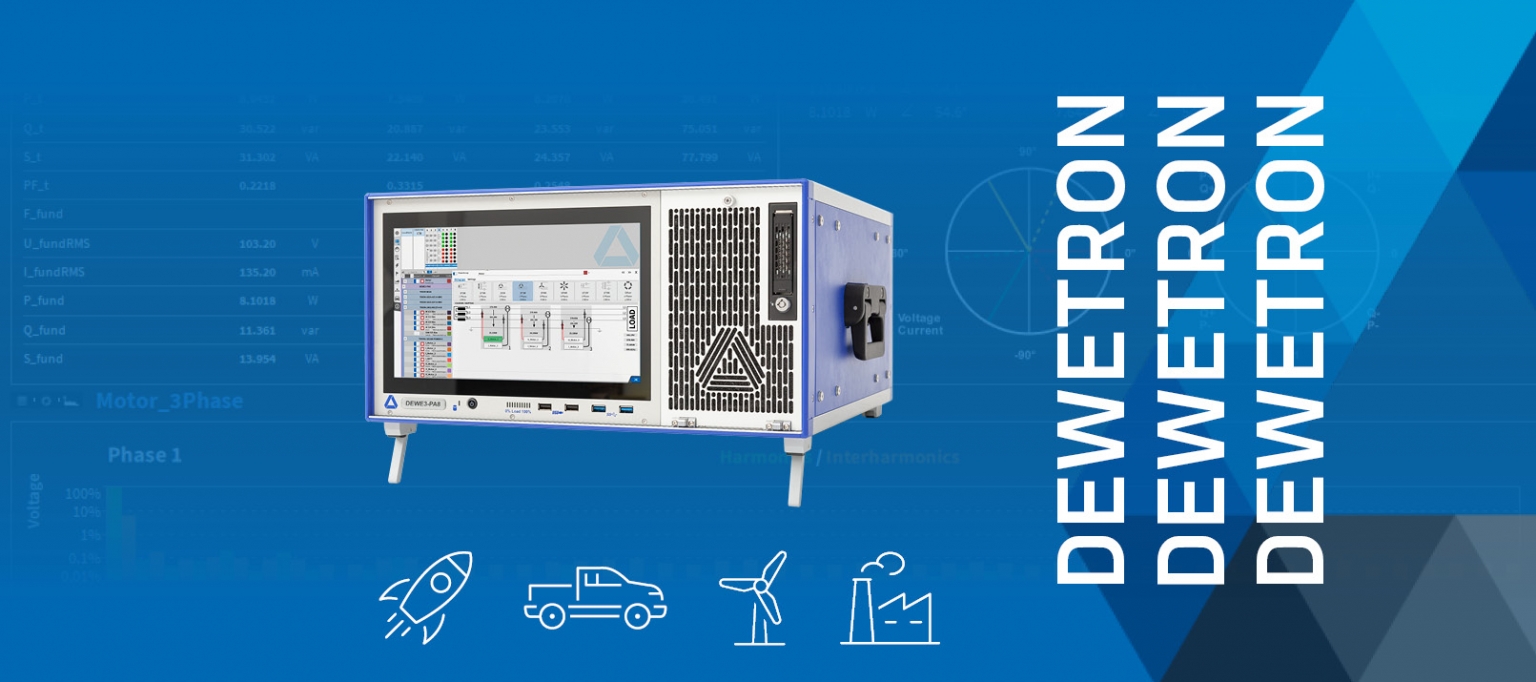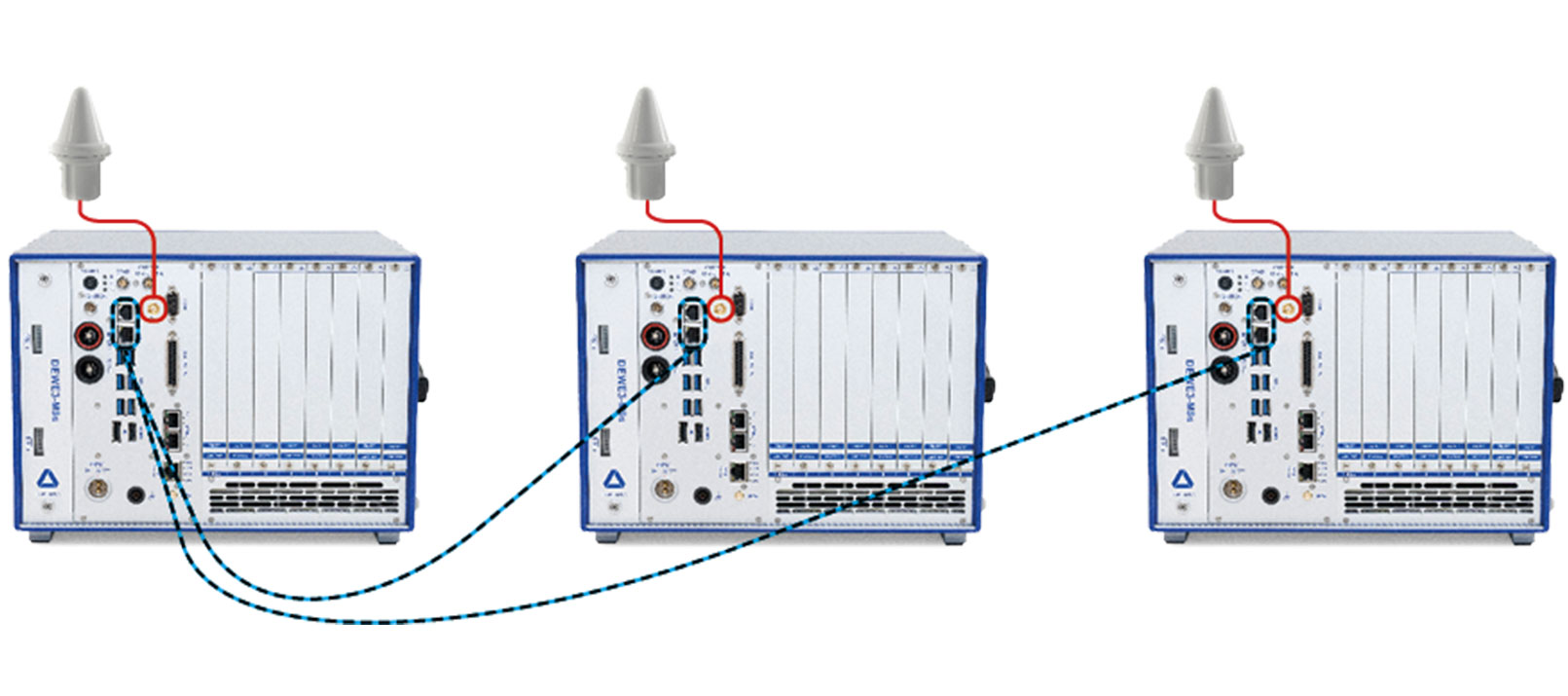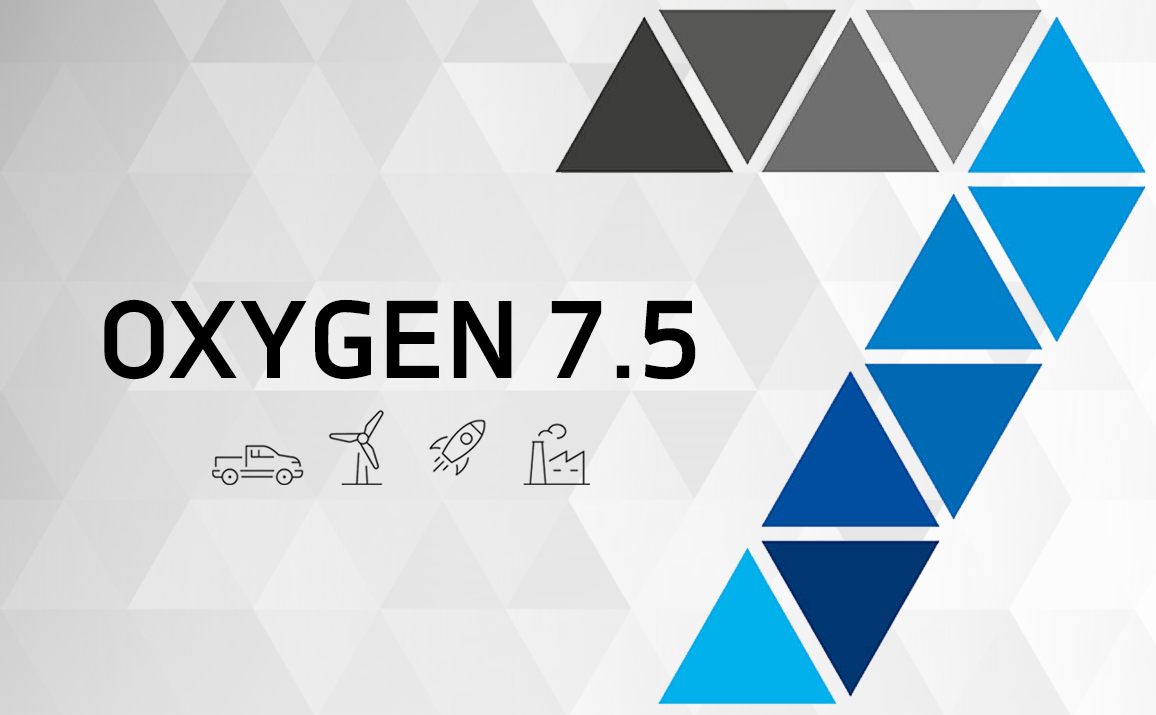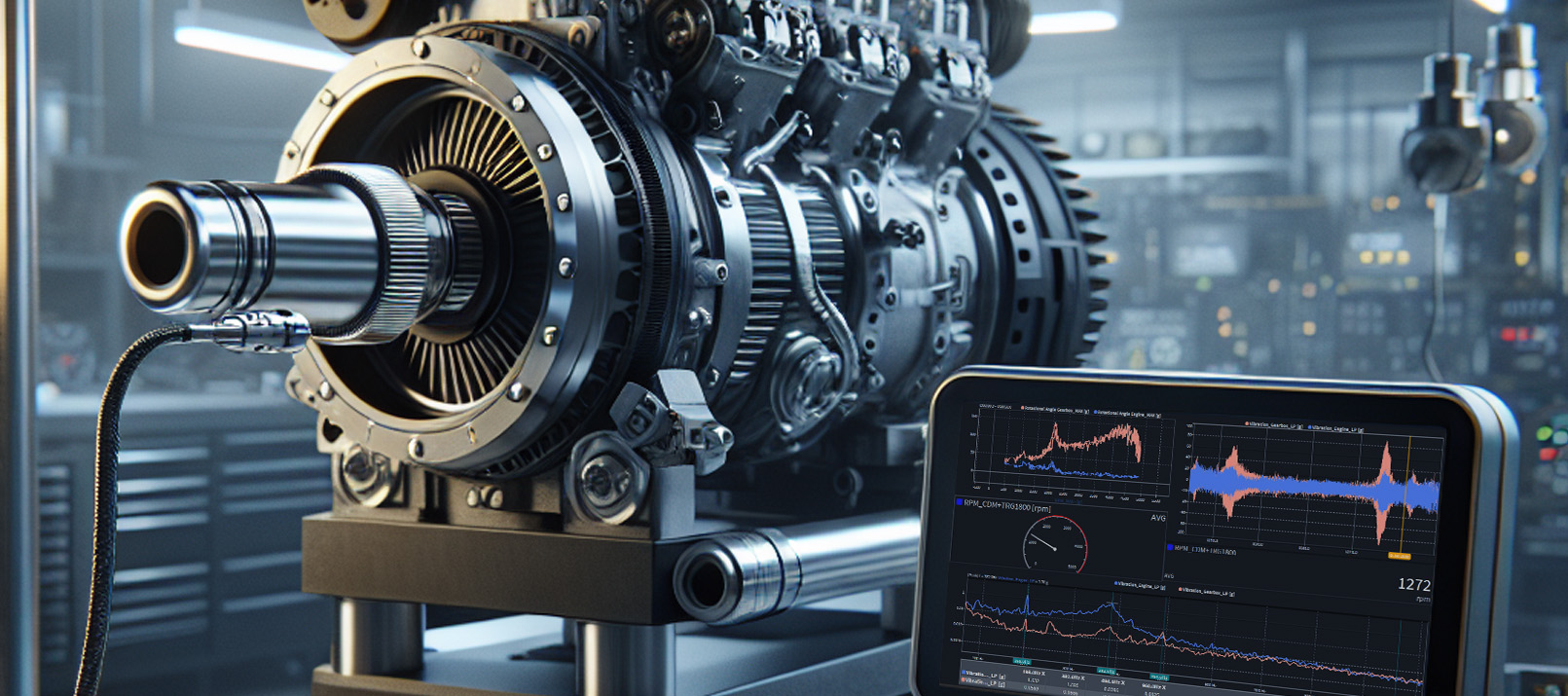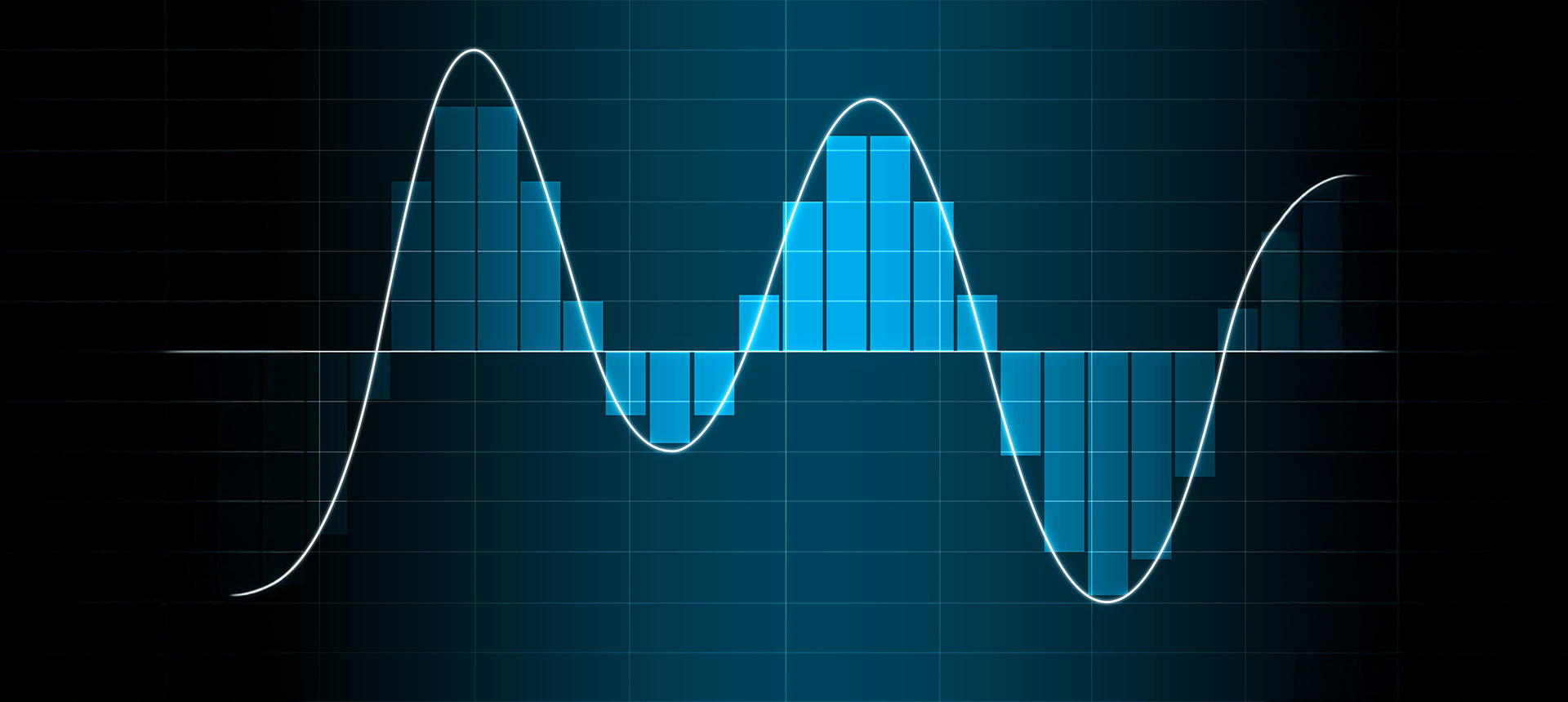Harmonics in wind power plants - part 2
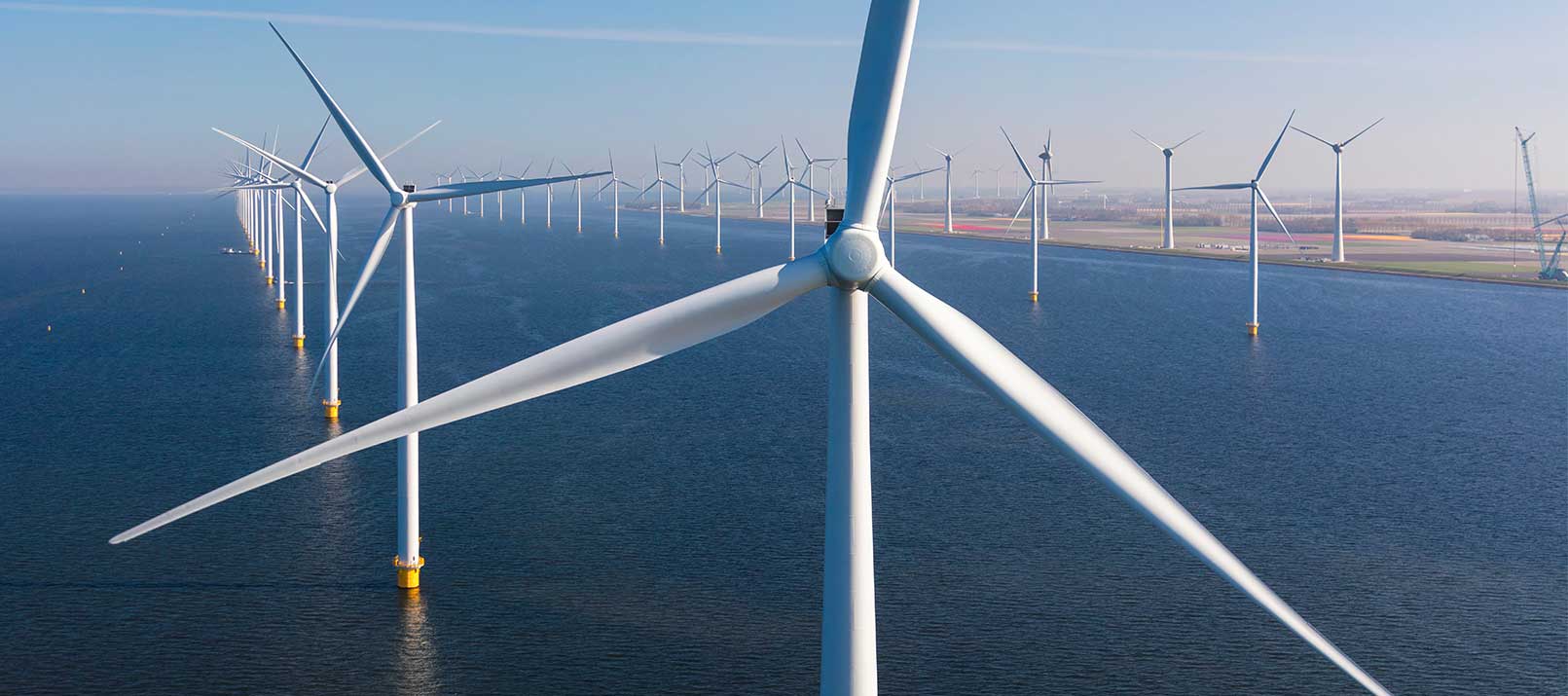
Already in the “Harmonics in Wind Power Plants – Part 1’’ blogpost, we recognized that harmonics are a major problem in power generation. They lead to premature aging of components, power losses and endanger the stability of the power grid. For all these reasons, one would like to avoid harmonics as much as possible. However, this is not an easy task and the very first thing we need to do is to find out how harmonics do emerge in the first place.
The origin of harmonics in wind turbines
The reasons which lead to the development of harmonics are manifold. However, non-linear effects, i.e. effects that distort the ideal sinusoidal signal, almost always play a role.
Many power electronic components are non-linear. They use only certain parts of the sinusoidal signal, distorting it and creating higher modes. Such components may be capacitors, coils or frequency converters. Especially frequency converters are the reason that only certain harmonics are present in the signal. For example, a 6-pulse frequency converter leads to strong harmonics of order 6n+1 and 6n-1 where n is a positive integer (orders 5, 7, 11, 13, 17, 19…). On the other hand, a 12-pulse frequency converter leads to strongly present harmonics of order 12n+1 and 12n-1 (11, 13, 23, 25…).

Harmonic analysis with OXYGEN software
Another source of higher modes are transformers. To keep the efficiency of transformers as high as possible, they usually operate at the saturation point. Since this is where they have the lowest power losses. However, this brings with it the risk that the transformer can also go into the oversaturated range. In this state, it produces harmonics with odd order (3, 5, 7, 9…).
How to avoid harmonics
Now we can discuss what to do to avoid higher modes. In practice, there are two methods, which one usually combines:
- Considering harmonics already during the design and construction of a wind power plant.
- Removing harmonics from the signal after completion of the turbine.
There are several things that one may consider when building a wind turbine. Higher-pulsed frequency converters provide a larger distance between harmonics. A 12-pulse frequency converter (orders 11, 13, 23, 25…) thus produces fewer harmonics than a 6-pulse frequency converter (orders 5, 7, 11, 13…). Another possibility is to install phase shifting transformers. If used correctly, these can achieve that harmonic of individual wind turbines in the wind farm cancel each other out.
In many cases, however, it is only possible to take the generation of harmonics into account during the design of a wind turbine by performing complex simulations. For this reason, it is essential to take precautions even after that phase. For example, specially selected resistors or capacitors are able to filter out higher modes. In this case, however, care must be taken to avoid any resonances introduced by these components.
Probably the most frequently used filtering technique is the active filtering of harmonics. A signal with inverse phase to the harmonic is fed into the line. If the two signals meet, they cancel each other out and the harmonic disappears.
How to measure higher modes
All the previous considerations are of little use if you do not have the possibility to measure harmonics in wind turbines. To accomplish this, DEWETRON offers you comprehensive options for measuring and evaluating higher modes. For example, a measurement setup could consist of two DEWE3-A4 all-in-one instruments with TRION3 measurement modules. One of the measuring devices sits in the nacelle of the wind turbine. The compact design of our products is of great advantage in this case. In the nacelle it is now possible to measure the three-phase alternating current or also vibrations. If one connects the device additionally to the turbine’s control system, it is possible to obtain data such as temperature or wind speed. The second measuring system is set up on the ground next to the transformer. There one can time-synchronously record power losses, noise emissions and other data.

Schematic construction of a testing build.
Using the in-house OXYGEN software, information can now be extracted locally from the raw data. For example, it is possible to determine the harmonics by means of FFT (fast-fourier-transform) and relate them to other physical quantities such as vibrations. Also, the recording of data over a longer period of time is possible with our devices.
